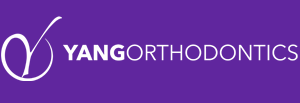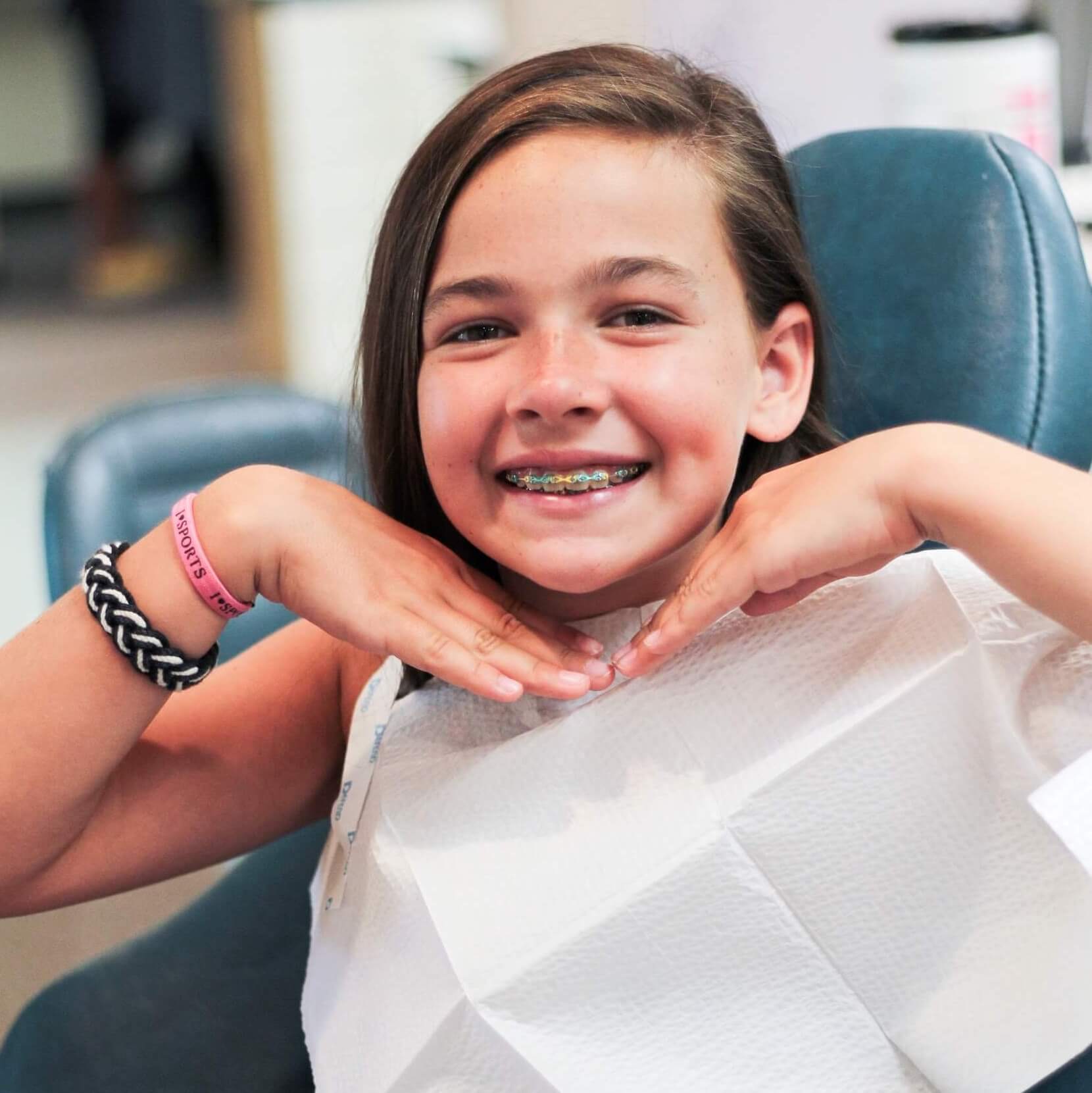

Braces Care
You just came back from your orthodontist after having some shiny new braces put in. Now what? While it doesn’t seem like there’s much to do besides deal with a little discomfort and become shy at smiling, there are changes to your lifestyle that should be made if you want to speed up the process of getting that brand new smile you’ve been wishing for.
Brushing teeth
If you haven’t been that committed to brushing or flossing your teeth on a regular basis, now is the time to start. When brushing your teeth, follow the two by two plan. Brush twice a day for two minute each time. It’s also a good idea to invest in fluoride toothpaste and a soft bristled toothbrush to stay gentle on the braces. When brushing your teeth follow the standard protocol of using a gentle circular motion as you move through each section. However, since your braces create a bunch of extra crevices where bacteria and plaque can build up, you’ll need to go over your braces at a slight angle from above and below. Make sure you do this with care as the brackets can break off quite easily if you’re brushing your teeth like the world’s strongest man.
Flossing
You’ve heard it a million times: “make sure you floss your teeth”. Well, you’re going to hear it a million more now that you have braces. With braces, flossing can unfortunately become even more of a hassle. Luckily, there are tools you can invest in to make flossing a breeze. Using standard dental floss can sometimes cause more damage when you have braces, so it’s in your best interest to use one of the alternatives listed below to keep your gums nice and healthy.
-
Threader Floss
This is the next upgrade after standard floss. Threader floss comes with a pre-hardened tip so that you can easily thread the floss through the front of your teeth.

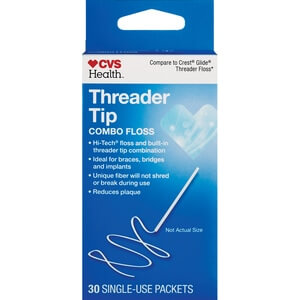

-
Dental Threader
This tool, as the name implies, helps you thread the floss between the front surfaces of your teeth effortlessly. Tip: Use waxed floss with a dental threader for an easy and pain free floss.

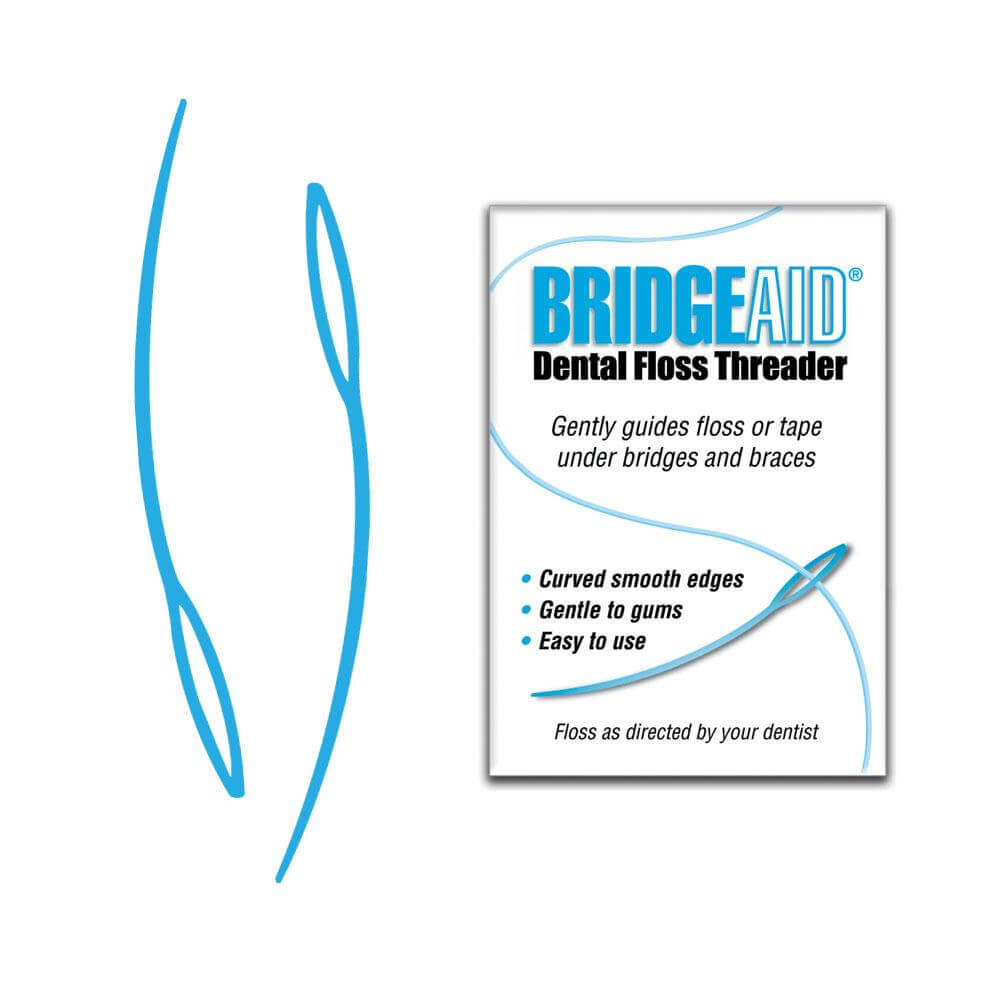

-
Interproximal Brush
This tool has small rubber bristles that can slide in-between the front spaces of your teeth and clean that gum. While the name sounds complicated, this is the easiest and simplest tool to use.

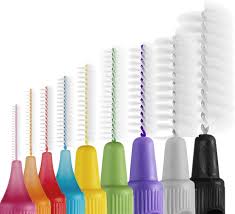

-
Water Pick
Also known as a water flosser, this device creates a pressurized water stream that’s thin enough to get in between your teeth and clean out all the gunk that is built up. A water pick is the safest tool to use when flossing with braces since there is nothing to thread through that could potentially cause damage to the brackets or wires.

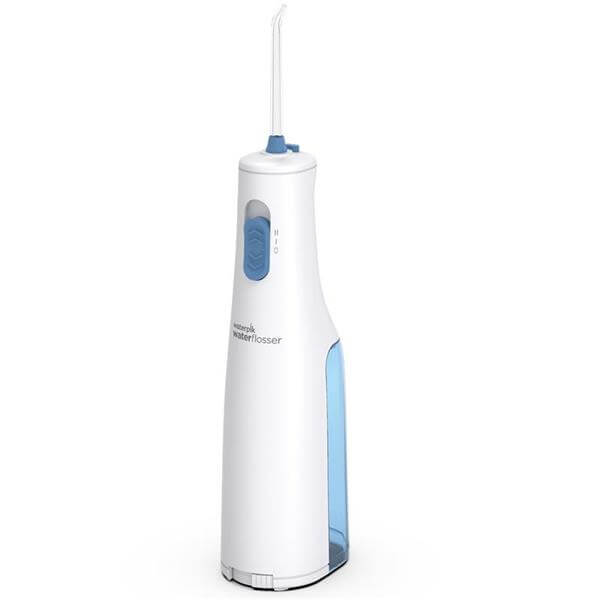

Food to Avoid:
If you’re in braces, you’ve probably already received the lecture about what foods you must avoid. The importance of this can ‘t be stressed enough, so here’s a list of different types of foods that can damage your braces and cause a prolonged treatment.
- Sticky foods as these can easily stick to your brackets and break them off.
- Caramel
- Gum
- Gummy candy
- Toffee
- Jolly Ranchers
- Skittles
- Crunchy/hard foods since these can break apart and get stuck in your teeth.
- Popcorn
- Nuts
- Chips
- Pretzels
- Granola bars
- Foods that rely on you to tear them apart with your teeth since that puts your braces under unnecessary stress. (Just cut these foods up and you’re good to go.)
- Any fruits with a pit
- Corn on the cob
- Ribs
- Carrots
Regular Orthodontist Visits:
With braces, it’s important to set aside more quality time to spend at the orthodontist’s office. This will allow your orthodontist to stay more up to date with your progression and allow them to make the right adjustments at the right time so that your process can be reduced by months and in some cases a whole year. If you have any questions or concerns about your braces or anything orthodontics related, feel free to contact us here!
